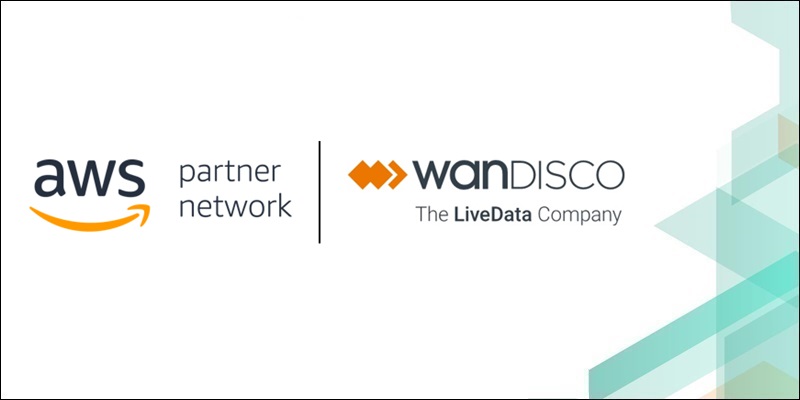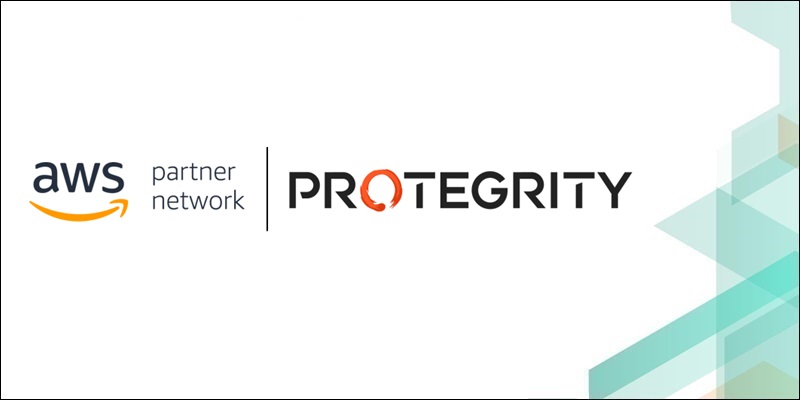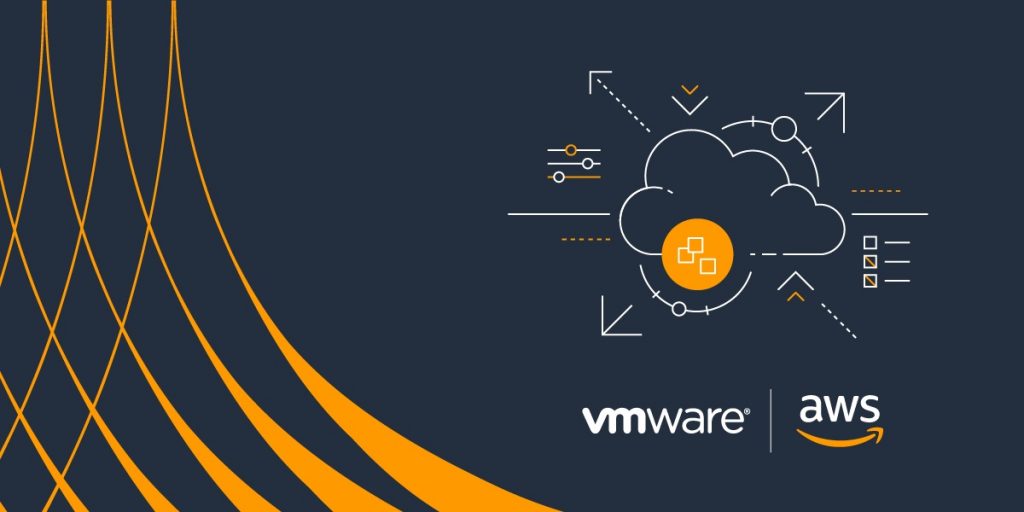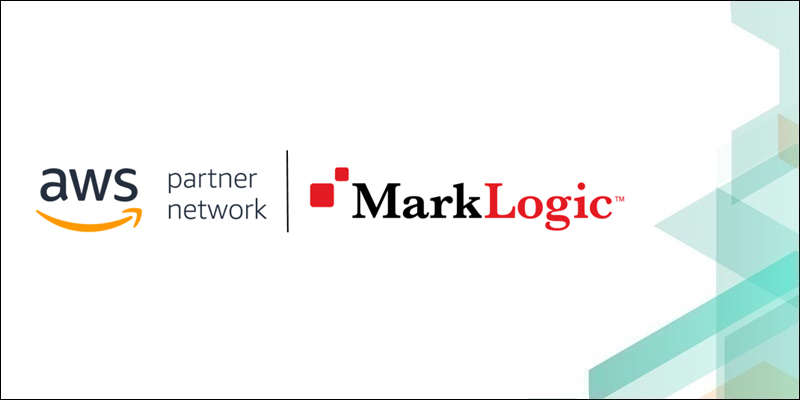AWS Partner Network (APN) Blog
Category: Analytics
How WANdisco LiveData Migrator Can Migrate Apache Hive Metastore to AWS Glue Data Catalog
Big datasets have traditionally been locked on-premises because of data gravity, making it difficult to leverage cloud-native, serverless, and cutting-edge technologies provided by AWS and its community of partners. Modernizing an on-premises analytics platform takes time, effort, and careful planning. Explore the challenges of migrating large, complex, actively-used structured datasets to AWS and how the combination of WANdisco LiveData Migrator, Amazon S3, and AWS Glue Data Catalog overcome those challenges.
Data Tokenization with Amazon Athena and Protegrity
Data security has always been an important consideration for organizations when complying with data protection regulations. Protegrity, an AWS ISV Partner and global leader in data security, has released a serverless User Defined Function (UDF) that adds external data tokenization capabilities to the Amazon Athena platform. Learn how customers can use the Protection Athena Protector UDF to tokenize or detokenize data at scale.
Bigstream Provides Big Data Acceleration with Apache Spark and Amazon EMR
Apache Spark and its parallel processing framework, along with the ease of scaling up in public clouds, have pushed out the limits for data analytics. Learn how Bigstream addresses growing Spark needs, with software that optimizes existing CPU infrastructure and can also seamlessly incorporate advanced programmable hardware. With the same number of servers, Bigstream can accelerate Spark clusters 3x with software alone and 10x when introducing FPGAs.
How to Integrate VMware Cloud on AWS Datastores with AWS Analytics Services
Running virtual machines with databases or datastores on VMware Cloud on AWS lets you use the same management tools and VMs as on your on-premises VMware vSphere environment. You can easily extend these workloads to the cloud and take advantage of AWS on-demand delivery, global footprint, elasticity, and scalability. Learn how VMware Cloud on AWS brings these datasets closer to AWS Analytics Services, making it easier to use services to draw meaningful insights from business data.
Where Does a Customer Data Platform Fit in With My AWS Data Lake?
When it comes to evaluating tools and technologies that focus on customer data, it can be difficult to understand how one tool differentiates from the next. Tealium was one of the first entrants in the Customer Data Platform (CDP) category and helped shape the industry. As such, Tealium is uniquely positioned to help organizations make the most of their data and offer more ways to deliver high-quality customer data to AWS in real-time.
Building a Knowledge Graph for Scientific Research with MarkLogic and AWS
Organizations that prioritize data search and discovery are more productive and innovative. Deploying an intelligent search and discovery system requires organizations to change the way they integrate and curate data using semantic graphs (or knowledge graphs) to build rich search and discovery experiences. MarkLogic Data Hub Service has built-in semantic search capabilities, allowing you to quickly build knowledge graph-based applications.
How to Enable 360-Degree Analytics and Innovate Faster on AWS with Datavard Glue for SAP
Today’s enterprises are dealing with more than structured data that’s being exponentially generated. Customers are looking for effective ways to capture, store, curate, and analyze structured data, as well as semi-structured and unstructured data. Learn how Datavard Glue’s extraction capabilities help organizations enable a data-driven culture. Datavard Glue provides integration technology to build a highly scalable, available, secure, and flexible data lake powered by AWS.
How Indexima Uses Hyper Indexes and Machine Learning to Enable Instant Analytics on Amazon S3
Achieving “speed of thought” or instant analytics on large data sets is a key challenge for business intelligence platforms. Traditionally, data engineers would design and deliver an optimized, aggregated subset of the data to a data warehouse to drive the visualization. This can often take weeks of development and testing or incur significant infrastructure costs. Learn how Indexima uses machine learning and hyper indexes to automate this process and accelerate analytics by up to 1000x across a full data set on Amazon S3.
Archiving Amazon MSK Data to Amazon S3 with the Lenses.io S3 Kafka Connect Connector
Amazon Managed Streaming for Apache Kafka (Amazon MSK) is a fully managed, highly available, and secure Apache Kafka service that makes it easy to build and run applications that use Kafka to process steaming data. Learn how to use the new open source Kafka Connect Connector (StreamReactor) from Lenses.io to query, transform, optimize, and archive data from Amazon MSK to Amazon S3. We’ll also demonstrate how to use Amazon Athena to query the partitioned parquet data directly from S3.
Integrating and Analyzing ESG Data on AWS Using CSRHub and Amazon QuickSight
Environmental, social, and governance (ESG) factors are increasingly important for financial institutions as they look to assess portfolio risk, meet investment mandates, align with customer values, and report on the sustainability of their portfolios. Working closely with CSRHub, a data provider on AWS Data Exchange, learn how AWS has produced a demonstration to illustrate how customers can analyze company-level ESG scoring data with Amazon QuickSight.









